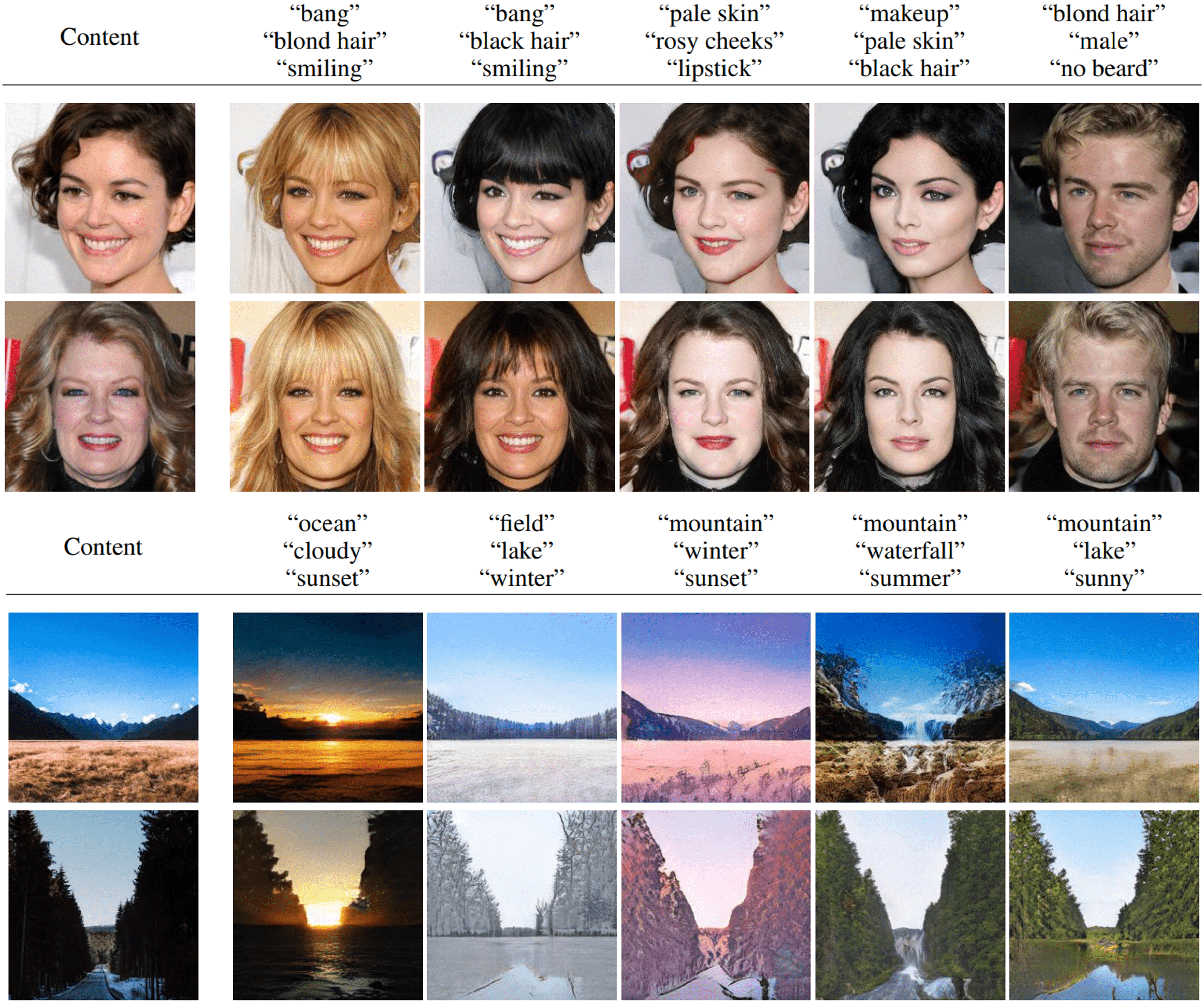
|
| LANIT firstly highlights to address multiple attributes in one sample for Image-to-Image translation tasks. |
|
|
|
|
|
|
|
|
|
|
|
|
|
|
|
|
|
|
|

|
| LANIT firstly highlights to address multiple attributes in one sample for Image-to-Image translation tasks. |
| Existing techniques for image-to-image translation commonly have suffered from two critical problems: heavy reliance on per-sample domain annotation and/or inability of handling multiple attributes per image. Recent methods adopt clustering approaches to easily provide per-sample annotations in an unsupervised manner. However, they cannot account for the real-world setting; one sample may have multiple attributes. In addition, the semantics of the clusters are not easily coupled to human understanding. To overcome these, we present a LANguage-driven Image-to-image Translation model, dubbed LANIT. We leverage easy-to-obtain candidate domain annotations given in texts for a dataset and jointly optimize them during training. The target style is specified by aggregating multi-domain style vectors according to the multi-hot domain assignments. As the initial candidate domain texts might be inaccurate, we set the candidate domain texts to be learnable and jointly fine-tune them during training. Furthermore, we introduce a slack domain to cover samples that are not covered by the candidate domains. Experiments on several standard benchmarks demonstrate that LANIT achieves comparable or superior performance to existing models |
 |
| For unpaired image-to-image translation, (a) conventional methods (CycleGAN, MUNIT, FUNIT, StarGAN, SEMIT) require at least per-sample-level domain supervision, which is often hard to collect. To overcome this, (b) unsupervised learning methods (TUNIT, Style aware discriminator) learn image translation model using a dataset itself without any supervision, but it shows limited performance and lacks the semantic understanding of each cluster, limiting its applicability. Unlike them, (c) we present a novel framework for image translation that requires a dataset with possible textual domain descriptions (i.e., dataset-level annotation), which achieves comparable or even better performance than previous methods. |
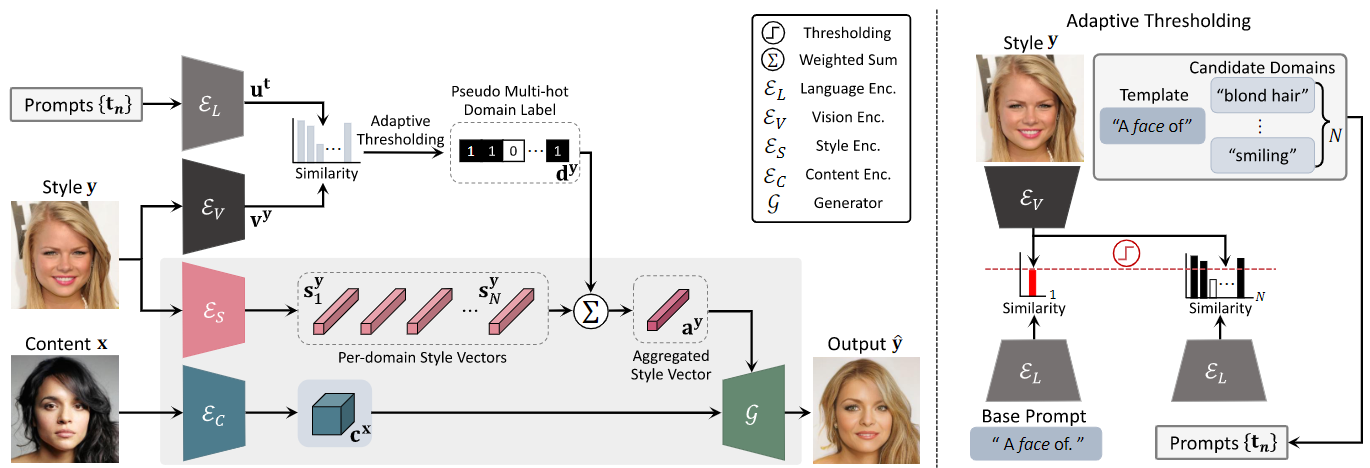 |
| We propose a language-driven Image-to-Image translation framework with candidate "dataset-level" domain annotations, which is more practical than fully-unsupervised methods in the real-world. |
 |
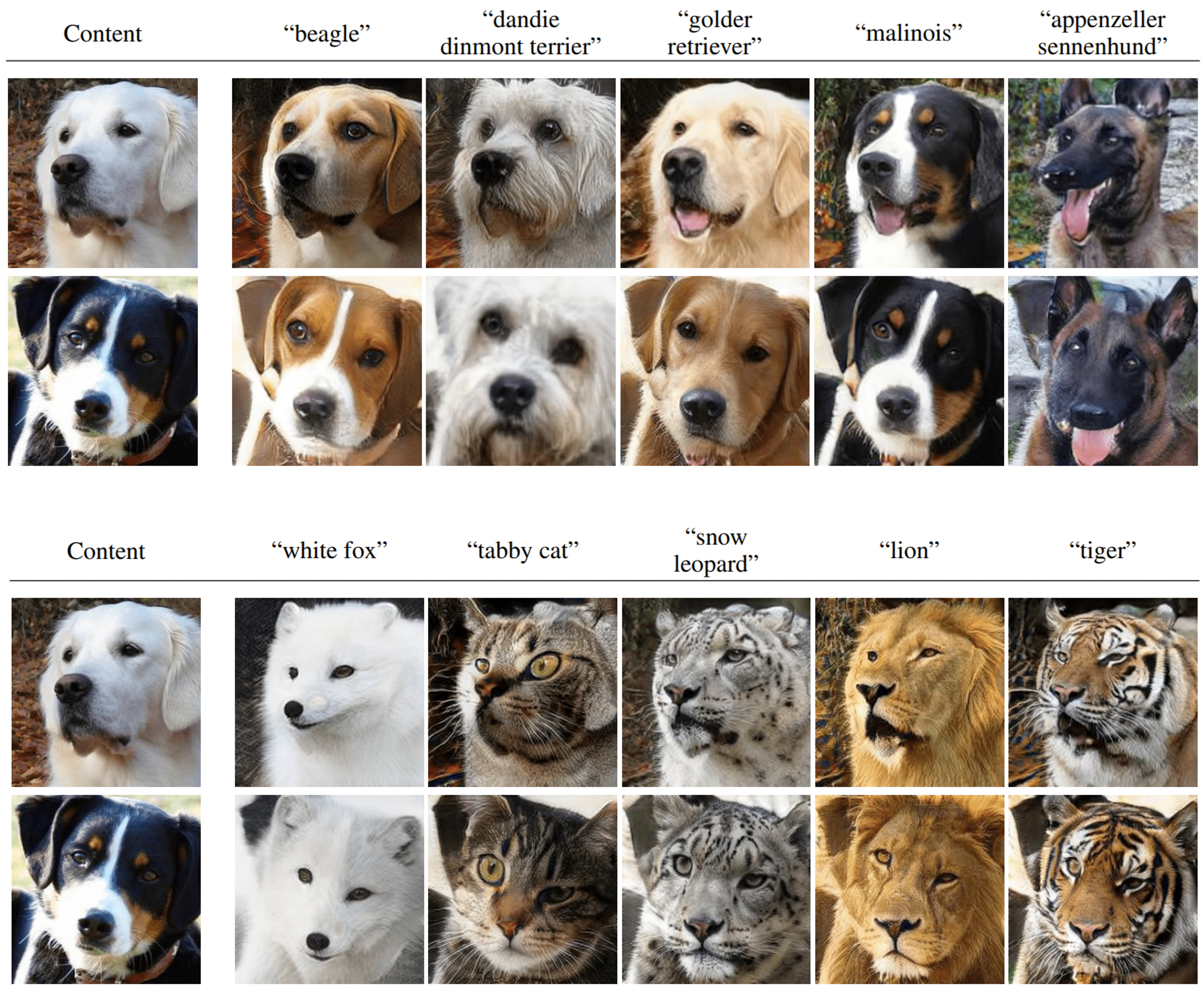 |
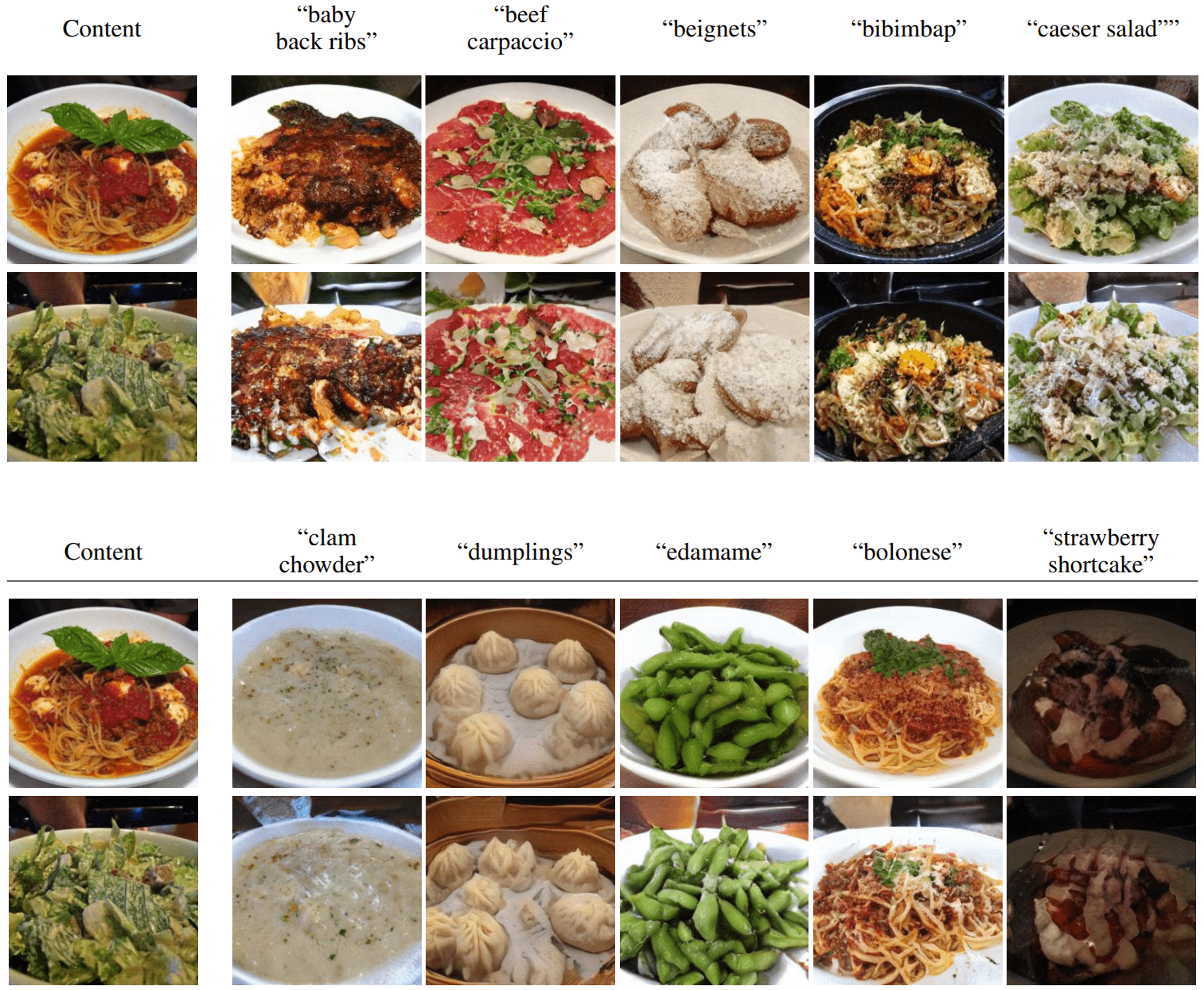 |
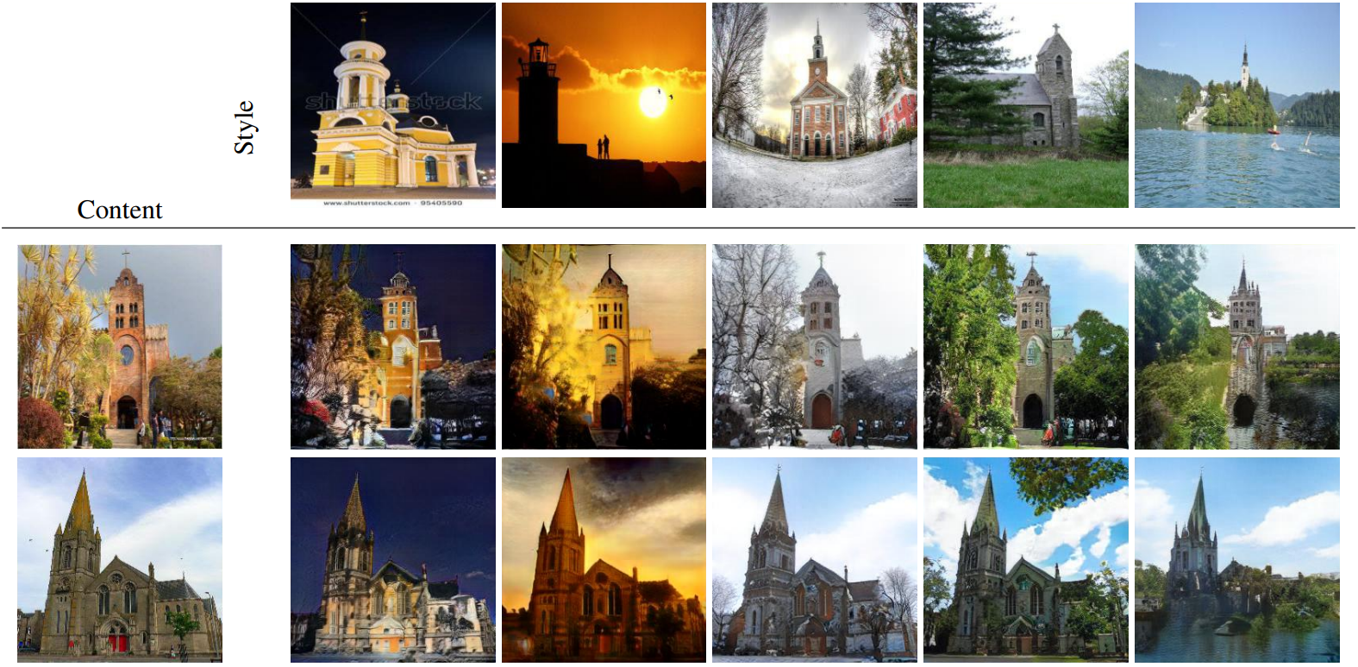 |
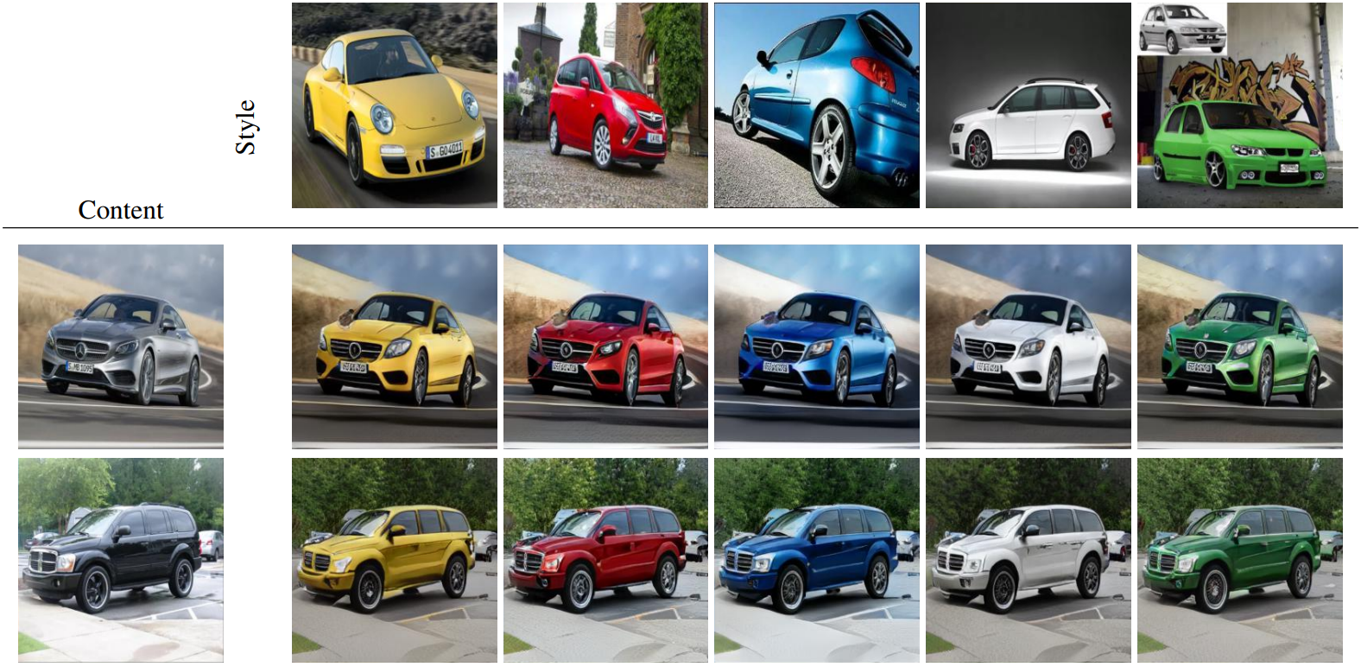 |
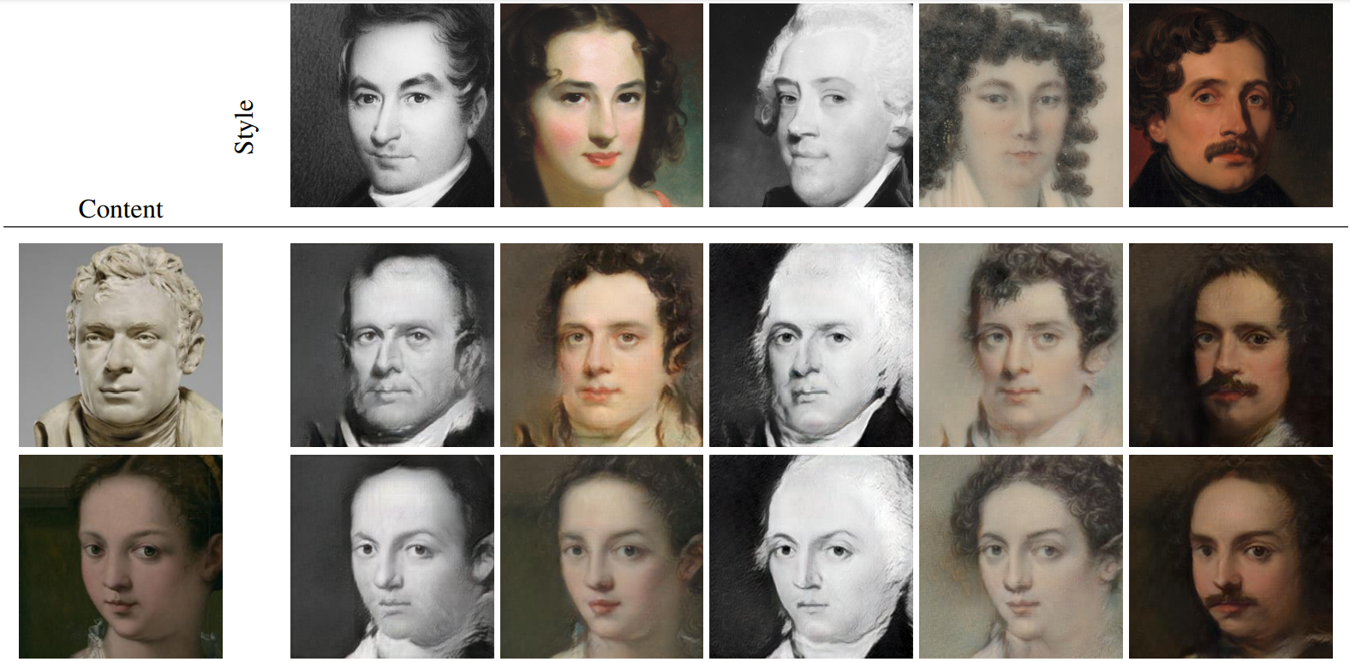 |
 |
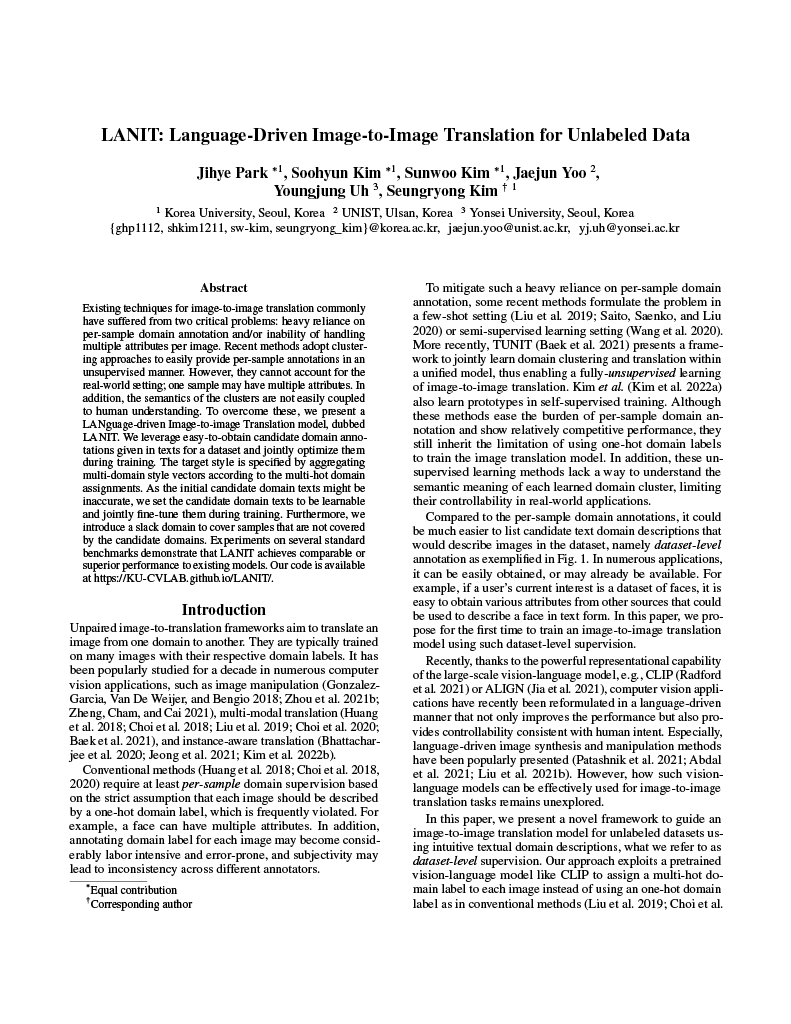 |
J. Park, S. Kim, S. Kim, S. Cho, J. Yoo, Y. Uh, S. Kim LANIT: Language-Driven Image-to-Image Translation for Unlabeled Data. (hosted on ArXiv) |
Acknowledgements |